New iPhones are here, but Apple Intelligence is MIA. The much-hyped AI features will start to ship with iOS 18.1 in October, and they’ll include things like notification summaries and generative AI-powered writing tools. It’s all pretty standard fare at this point, but more promising features will continue to roll out well into 2025 — at least, that’s what Apple says.
It all puts the iPhone 16 and 16 Pro in an unusual spot: even once 18.1 drops, Apple Intelligence will still be a work in progress. That adds another dimension to the perennial question: “Is this the year to upgrade?”
What I considered
Overall value
The most expensive, souped-up iPhone isn’t automatically the best one for everyone. What I look for is a happy medium — features that will satisfy most people at the best price. Sometimes, that’s last year’s model.
Battery life
Battery performance can vary by a significant margin between current iPhone models, mostly down to the size of the phone. Everyone wants a phone that can last a full day, and these recommendations reflect that.
Screen size
One size does not fit all. Some people like a small phone, others want the biggest screen money can buy. This list includes iPhones for people in both camps.
Despite all the fuss about AI, our usual advice about phone buying holds true: hang on to the one you got. If you’re not the type of person to get excited about a new camera button, updated photo processing options, or incremental performance upgrades, then there’s no reason to rush out and buy an iPhone 16.
But if you’re questioning whether it’s the year to replace your iPhone 11 or 12 (or maybe even older, in which case well done!), then I think the answer is an easy yes. There are real gains this year, especially in the basic iPhone 16 and 16 Plus, without even considering AI. And if Apple Intelligence turns out to be something special, well, you’ll be ready for it.
The best iPhone for most people
Screen: 6.1-inch, 2556 x 1179 OLED, 60Hz refresh rate / Processor: A18 Cameras: 48-megapixel f/1.6 main with sensor-shift IS; 12-megapixel ultrawide; 12-megapixel selfie / Battery: Not advertised / Charging: 27W wired, 25W wireless MagSafe, 15W Qi2, 7.5W Qi / Weather-resistance rating: IP68
Apple’s basic iPhone enjoyed a significant hardware boost this time around, playing an overdue game of catch-up to the Pro series. The iPhone 16 includes the Action Button from last year’s Pro models — handy if there’s an app in your life you want to access at the touch of a button — and the new Camera Control. So if buttons are anything to go by, this phone is two better than last year’s model.
There’s more going on under the hood, too. The A18 chipset is in the same generation as the processor on the Pro models, which hasn’t been the case for the past couple of years. That bodes well for the 16 series staying on the same update schedule. And there’s extra RAM in this year’s base model, which can only be a good thing.
The iPhone 16 Plus (left) and iPhone 16 (right).Photo: Allison Johnson / The Verge
The iPhone 16 became a much more interesting camera this time around, too. The Camera Control offers a quick way to launch the camera app and adjust settings like exposure compensation. But there’s also a new set of Photographic Style filters this time around, with options to adjust contrast, brightness, and undertones to dial in your preferred rendering of skin tones. You’ll get better low-light performance by stepping up to the 16 Pro models, and other cool tricks like 4K recording at 120 fps. But even without all that, it’s the most customizable camera Apple has offered yet.
Outside of camera performance, there are two major drawbacks to picking the regular 16 over a Pro model: no zoom lens, and no ProMotion screen. Only the Pro has a dedicated 5x lens, which is handy for creative framing. And the standard 60Hz screen on the iPhone 16 will likely only bother you if you’re used to a smoother 120Hz display, though it’s annoying on principle that Apple keeps this feature to its Pro phones when virtually every other high-end phone has one.
Best high-end iPhone
Screen: 6.3-inch, 2622 x 1206 OLED, 120Hz refresh rate / Processor: A18 Pro Cameras: 48-megapixel f/1.8 with sensor-shift IS; 12-megapixel 5x telephoto with OIS; 48-megapixel ultrawide; 12-megapixel selfie / Battery: Not advertised / Charging: 27W wired, 25W MagSafe wireless, 15W Qi2, 7.5W Qi / Weather-resistance rating: IP68
The iPhone 16 Pro gets a small but meaningful upgrade this time around: a bump up to a 5x zoom, which on the 15 series was reserved for the Pro Max. And while the change from a 3x to 5x zoom doesn’t look that impressive on paper, it goes a long way to making the smaller 16 Pro feel like an equal to the 16 Pro Max. For once, you don’t need to get the biggest phone to get the best phone.
The 16 Pro is roughly the same size as the 15 Pro, but it has a bigger screen: 6.3 inches, up from 6.1 inches. There’s also the new Camera Control, an upgraded 48-megapixel ultrawide on board, and naturally, a new chipset that’s ready and waiting for Apple Intelligence.
This year’s smaller Pro phone comes with a 5x telephoto lens.Photo by Amelia Holowaty Krales / The Verge
There’s nothing here that makes the 16 Pro an absolute must-upgrade. Still, plenty of people will want the latest device with all the bells and whistles, and the 16 Pro represents an opportunity to get all of those features without having to buy the biggest phone.
The iPhone with the best battery life
Screen: 6.7-inch Super Retina OLED / Processor: A18 Cameras: 48-megapixel f/1.6 main with sensor-shift IS; 12-megapixel ultrawide; 12-megapixel selfie / Battery: Not advertised / Charging: 27W wired, 25W wireless MagSafe, 15W Qi2, 7.5W Qi / Weather-resistance rating: IP68
The thing about a big phone is that it has a big battery. And while that’s easy enough to understand, it still feels surprising how much more performance you can eke out of the iPhone 16 Plus’ battery. It’ll stretch well into a second day of use, and even if you’re conditioned to charge your phone every night, you’ll be amazed how much you have left in the tank at the end of each day. It’s a solid antidote to battery anxiety.
A bigger phone means a bigger battery.Photo: Allison Johnson / The Verge
Naturally, the 16 Plus’ big-ness comes with another bonus: a bigger screen. The benefits are obvious here, too. But something that stands out to me when I use the phone is just how light it feels for its size, especially if you’re comparing it to the 16 Pro Max. If you like a big display but don’t need all of the weight of the Max — metaphorically and physically speaking — then the Plus is the way to go.
Best inexpensive-ish iPhone
Screen: 6.1-inch, 2532 x 1170 OLED, 60Hz refresh rate / Processor: A15 Bionic Cameras: 12-megapixel f/1.5 main with sensor-shift IS; 12-megapixel ultrawide; 12-megapixel selfie / Battery: Not advertised / Charging: Wired, 15W wireless MagSafe, 7.5W Qi / Weather-resistance rating: IP68
Technically, the iPhone 14 isn’t the cheapest new iPhone you can buy. That honor goes to 2022’s iPhone SE, which starts at $429. But the SE uses an older design that makes it feel like a different kind of iPhone entirely. In the meantime, the 2022 iPhone 14 has been marked down twice to $599, making it the best deal you can get on a new, modern iPhone.
The regular iPhone 14 didn’t come with a lot of upgrades; it felt more like an iPhone 13S. But it was in the first wave of iPhones to include Emergency SOS via satellite, which could be a literal lifesaver. And the 14 got some helpful camera improvements over the 13, including a larger main camera image sensor and better low-light image processing thanks to some processing pipeline updates.
Just a good, basic iPhone that will keep on running for years to come.Photo by Amelia Holowaty Krales / The Verge
On the other hand, the 14 was the last generation of iPhone to come without the Dynamic Island, which is the pill-shaped notch that houses time-sensitive updates and status indicators. You’ll still get that information as notifications, but it’s not quite as handy as having it available at a glance no matter what you’re doing on your phone.
Another thing to be aware of: iPhone 14 series owners have complained of premature battery rundown, with overall battery health falling much faster than it should. Most of the battery complaints I’ve seen center on the 14 Pro models; still, it’s something to keep an eye on. All that said, the 14 should receive software updates for another four years, and that’s a pretty good ROI considering its new price.
Best iPhone if you really want a home button
Screen: 4.7-inch Retina LCD / Processor: A15 Bionic Cameras: 12-megapixel f/1.8 with OIS, 7-megapixel selfie / Battery: Not advertised / Charging: Wired, 7.5W Qi / Weather-resistance rating: IP67
The third-gen iPhone SE, released in 2022, is the last of its kind. It’s Apple’s least expensive iPhone, but it’s also the last phone to use Touch ID with a dedicated home button. If you’re not a fan of gesture navigation, you want an inexpensive iPhone, or maybe — imagine! — you just want a small iPhone, then the SE is your best bet. Well, it’s your only bet.
This recommendation comes with some big caveats, starting with that screen. It’s small — at 4.7 inches, it’s significantly smaller than the iPhone 13 Mini’s display, even though the SE is slightly taller and wider than the Mini. The screen feels cramped, and the LCD technology looks dated.
The iPhone SE uses an old design, but it’s a great value. It’s also probably your last chance to buy an iPhone with a home button if that’s a thing you’re clinging to.Image: Allison Johnson / The Verge
There are a couple other low points: the camera system doesn’t have a night mode, and there’s only 64GB of storage on the base model. All that said, if you’re accustomed to a bigger phone screen, the SE’s 4.7-inch LCD might be the thing that’s hardest to live with. But if a small screen doesn’t bother you and you just need that home button, then it’s hard to argue with the SE’s price.
What about the iPhone 15?
Apple still sells the iPhone 15 new, cutting the price down to $699 with the introduction of the 16 series. If you’re paying for your phone out of pocket and want to save a bit of cash it’s a solid option — just know that it won’t be eligible for Apple Intelligence. The 15 Pro will be able to run Apple’s AI features when they arrive, but the standard 15 won’t.
There’s also a compelling argument for buying an iPhone 14 Plus at its twice-discounted rate of $699. Its big battery will go all day and then some, though you’ll miss out on the Dynamic Island, Action Button, and Camera Control. If you’re not fussed about getting the latest features and just want a big screen, then it’s a worthy candidate.
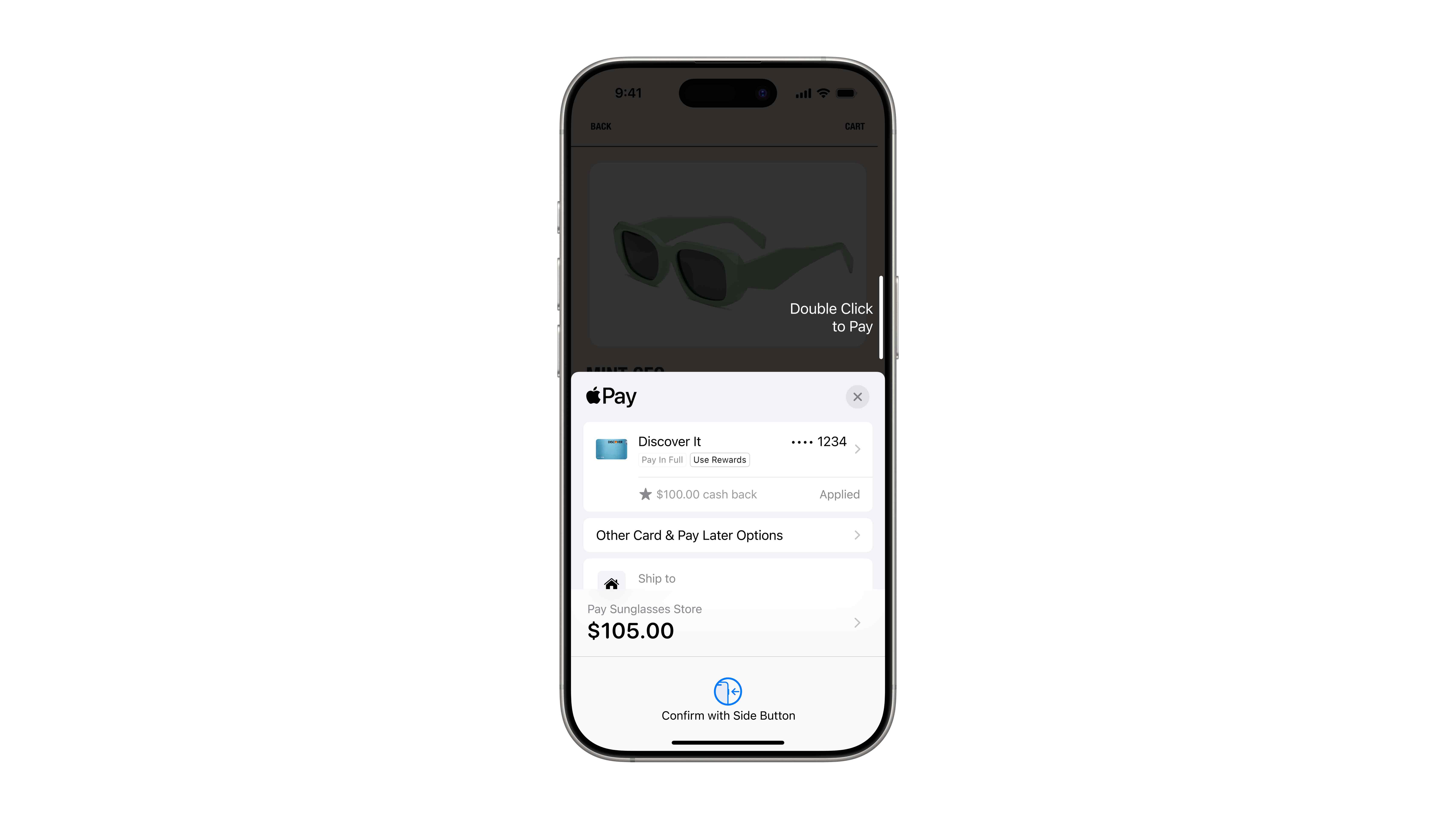
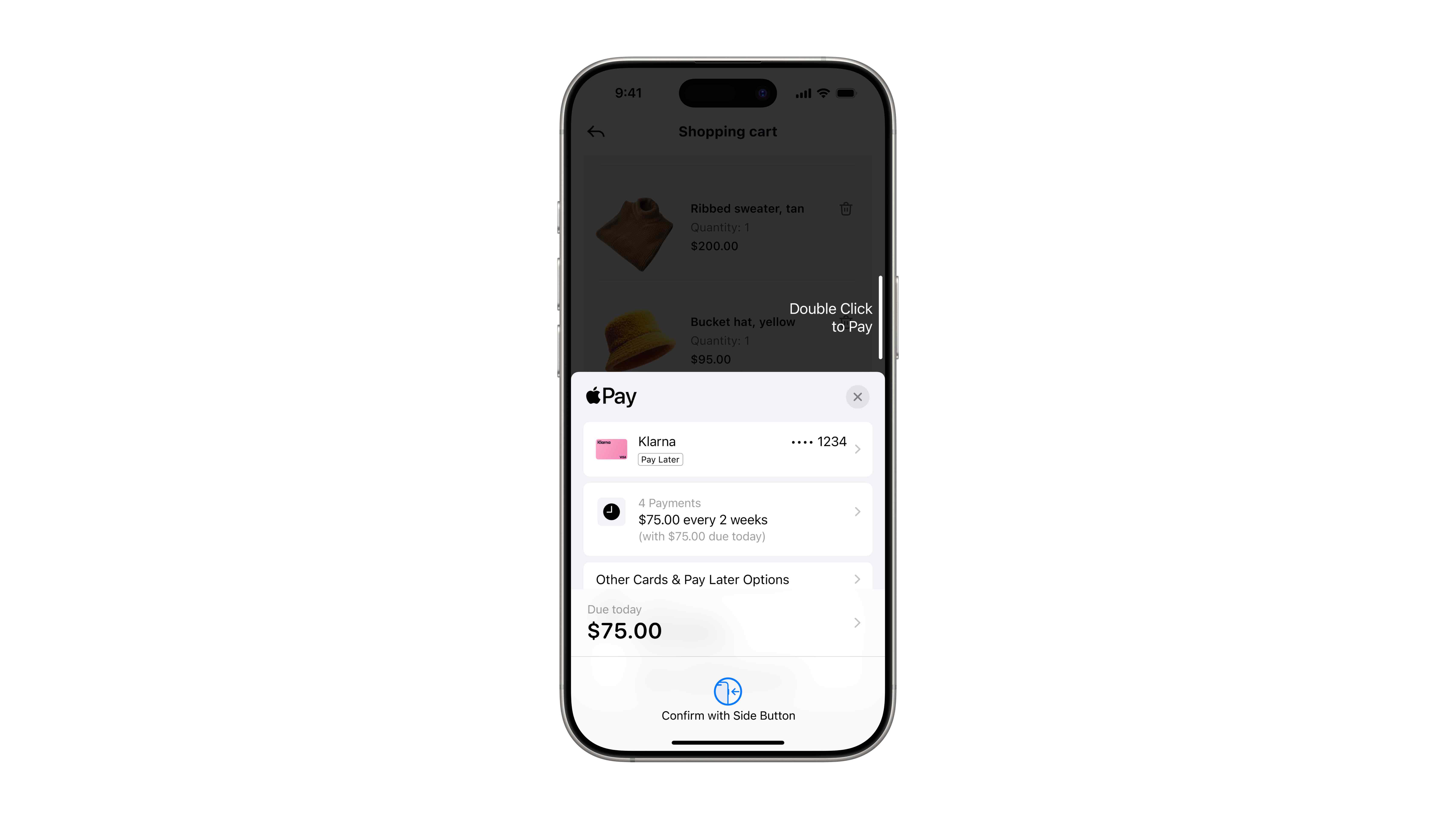


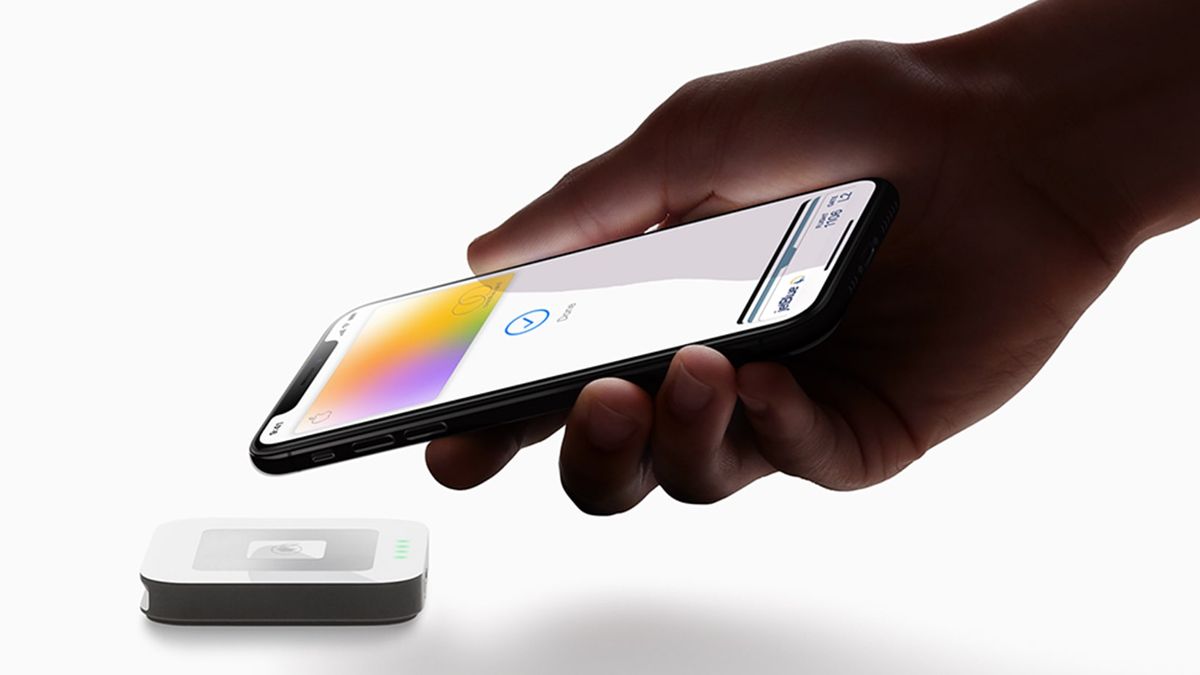
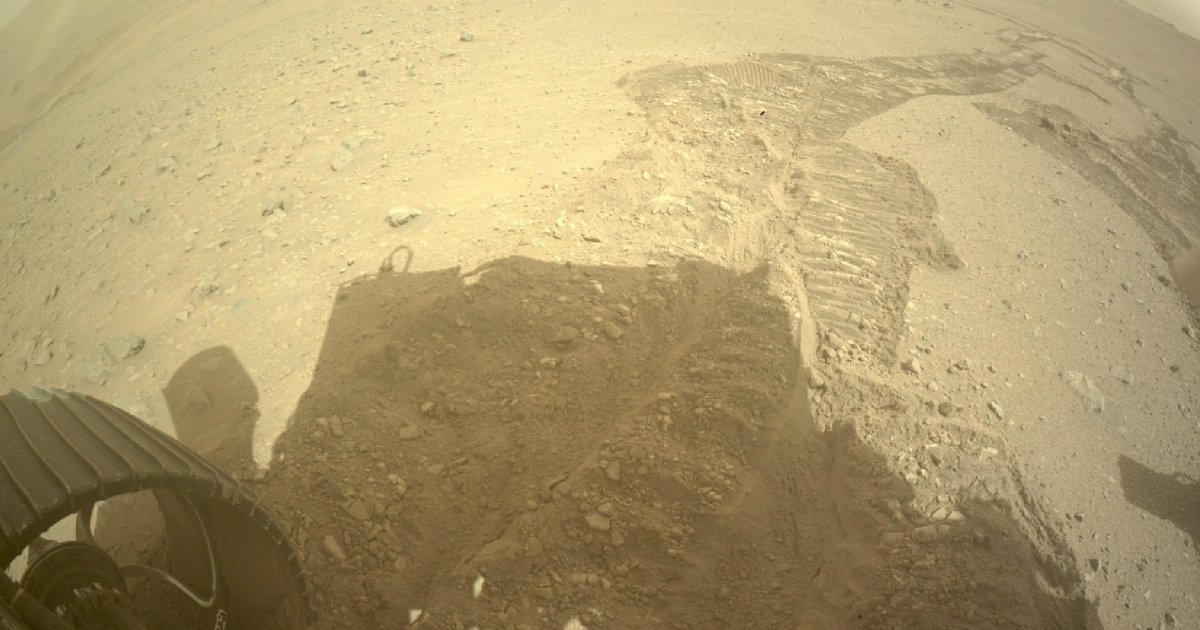

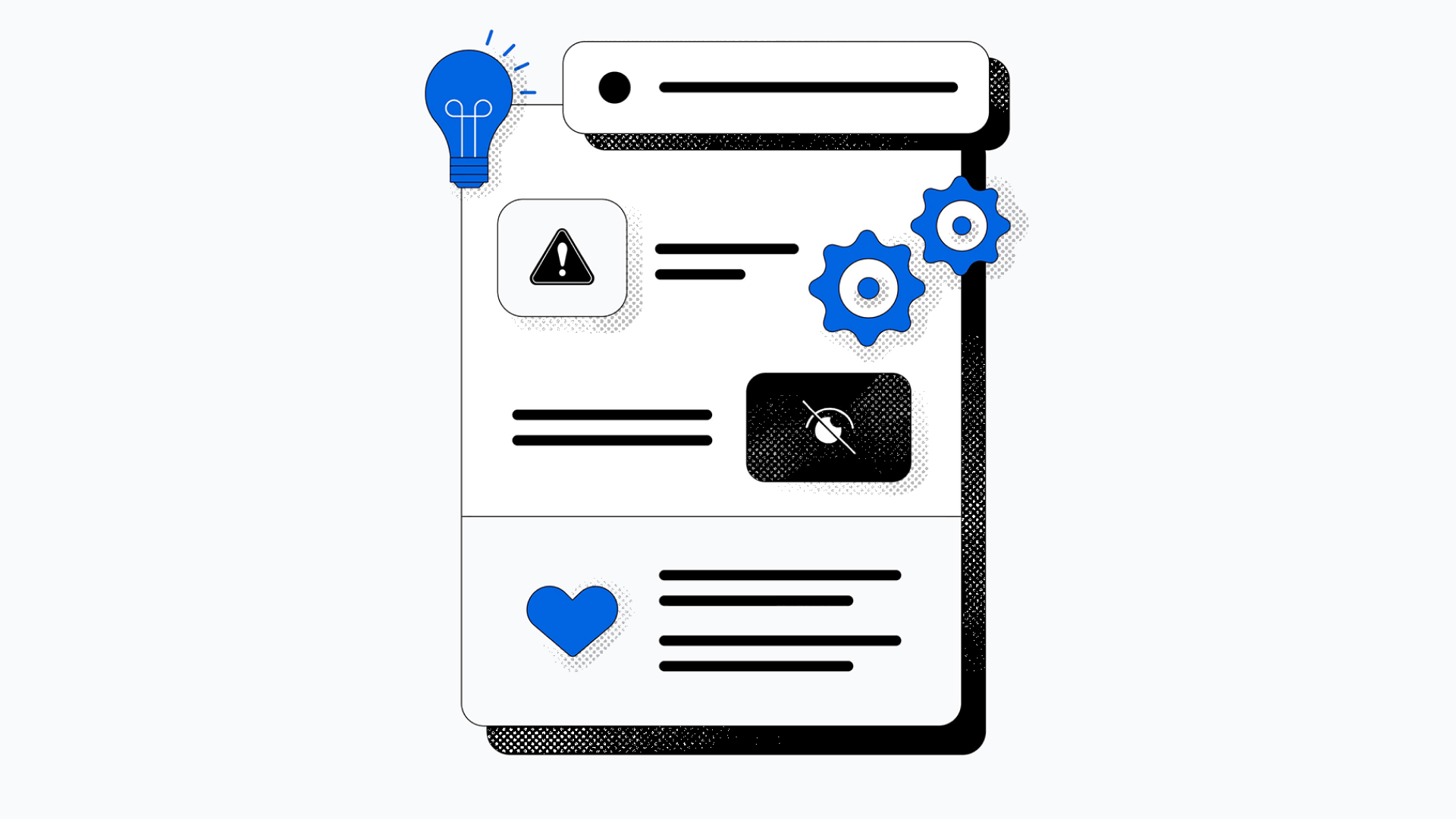
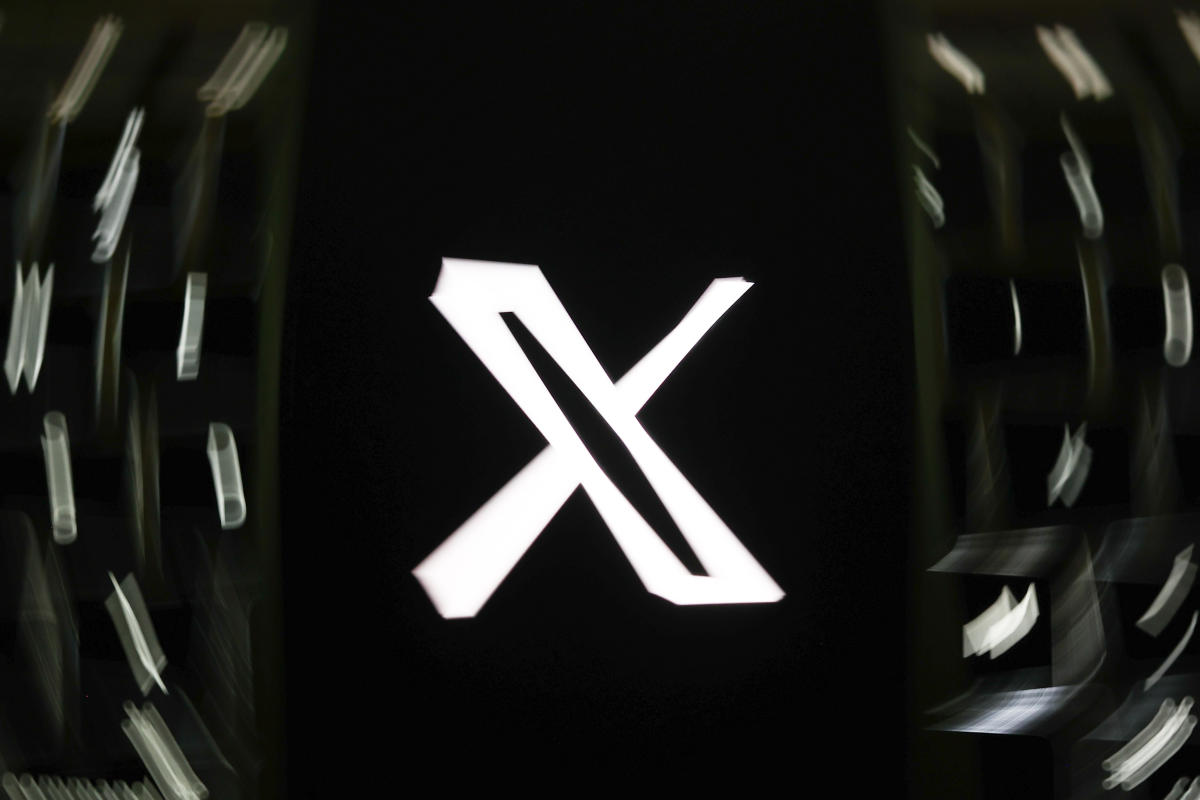



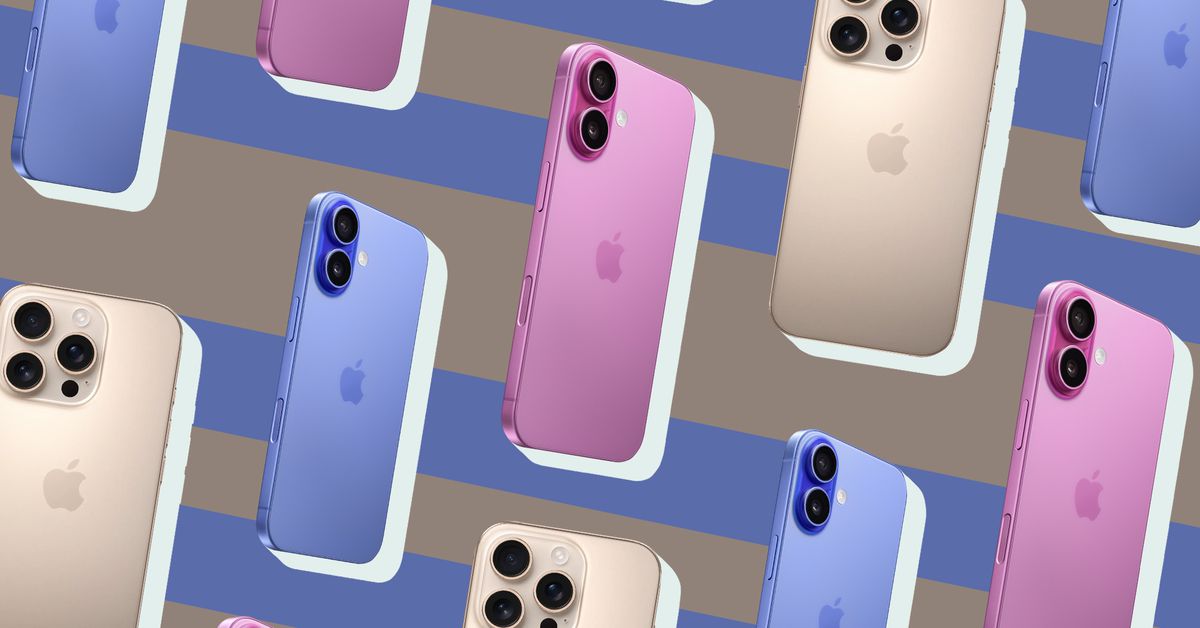







































































































































You must be logged in to post a comment Login